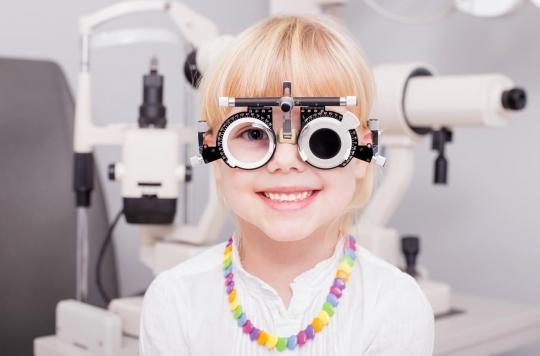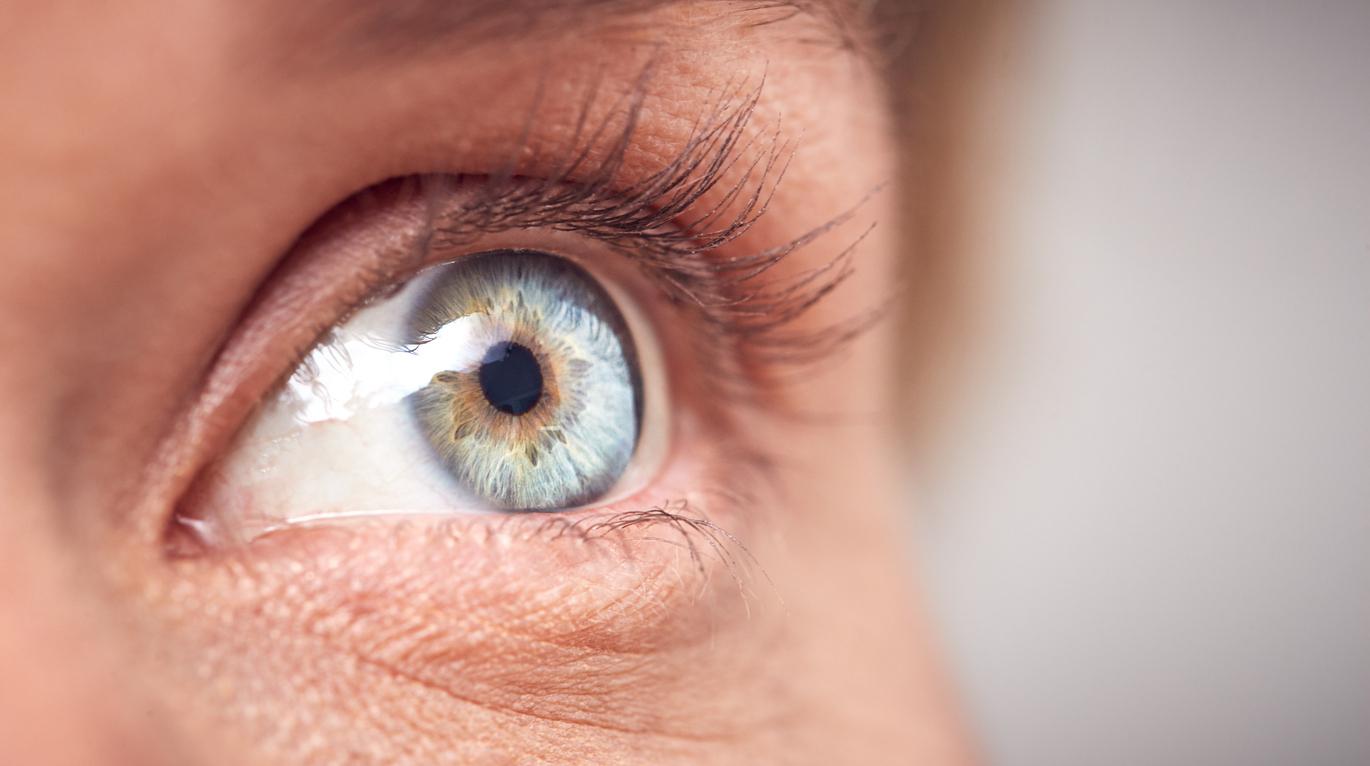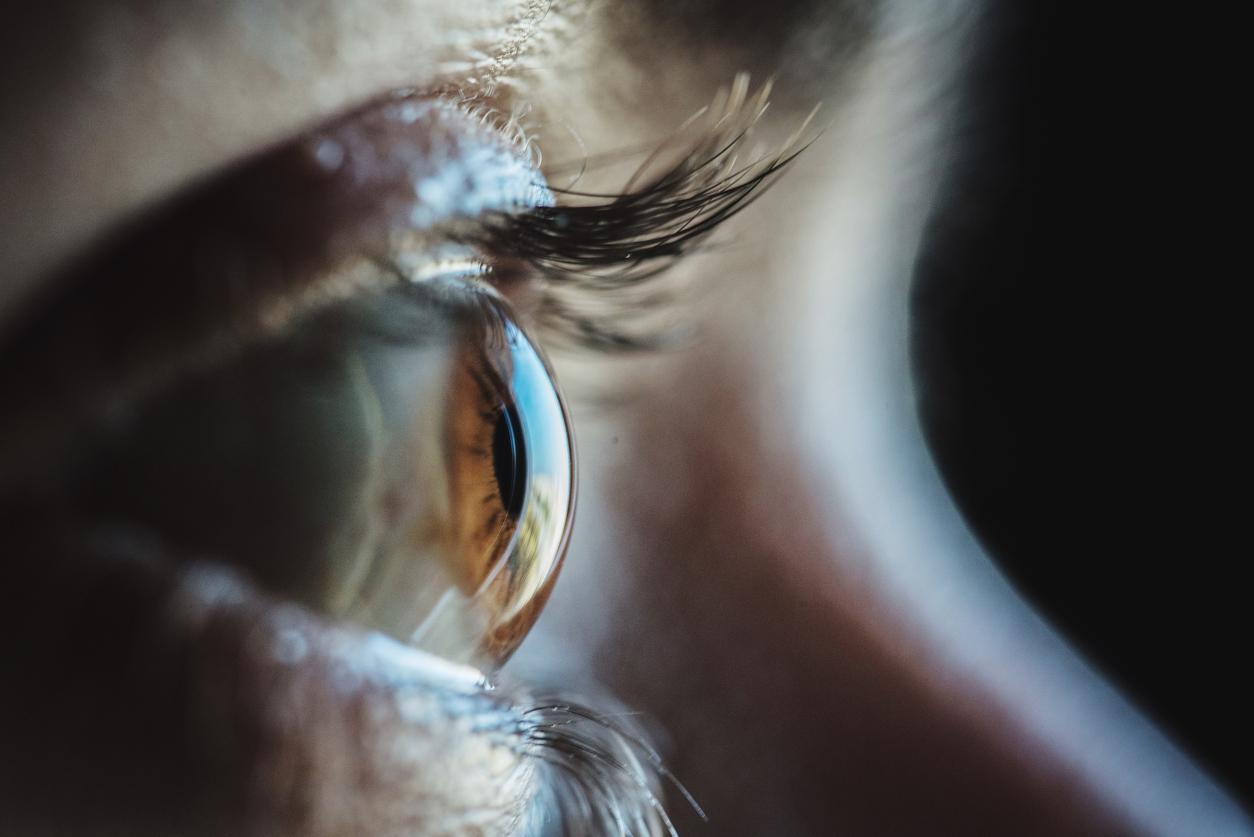A common disorder in children, strabismus can lead, if not taken care of, to total or partial loss of the ability to see in one eye. If taken care of early, however, this “flirtatiousness in the eye” is corrected very well.

It is not uncommon for parents of infants to detect a slight strabismus when their child is enjoying exploring the world around him. Alternately affecting both eyes intermittently, it is characterized by one eye that deviates inward or, more often, outward.
In children under 2 months, this strabismus is perfectly common: still immature, the eyes of infants may have difficulty fixing and moving in harmony. This problem usually resolves on its own before the baby is 6 months old, when their vision finally matures.
Strabismus, a common but not trivial disorder
However, it may happen that the child continues to “squint” after the first 2 months of life. This is not uncommon. Indeed, strabismus is a common disorder that affects up to 5% of children. Its frequency should not, however, dissuade parents from consulting the pediatrician who can detect possible early congenital strabismus, linked to a definitive absence of binocular vision, which provides peripheral and 3-dimensional perception.
It may also happen that accommodative strabismus (that is, related to the functioning of the eye) appears later. Again, upon detection or in case of doubt, do not hesitate to consult in order to detect strabismus and begin rehabilitation.
The danger is that over time, the brain chooses to ignore the information provided by the weaker eye, which is then no longer used and may end up losing all ability to see. This is called amblyopia. This is irreversible from the age of 6 years.
Early detection and treatment
Hence the need to consult in the slightest doubt, especially as early treatment of strabismus generally allows it to be overcome. “Strabismus should be looked for regularly until the age of 6: it is best taken care of before the age of 2 and a half”, explains to Figaro Prof. Philippe Denis, head of the ophthalmology department at the Croix-Rousse hospital in Lyon and director of the Lyons School of Orthoptics.
The latter wishes to reassure worried parents: “It is now rare to see definitively amblyopia, the main risk of strabismus.” He also wishes to reassure worried parents: “Amblyopia affects half of children with strabismus, but it can be corrected for more than 90% of them” thanks to screening and early treatment. .
First stage of treatment: orthoptics. This allows the eyes to be re-educated and effective vision to be restored by exercising the six muscles which orient each eyeball. For this, it is common to use, even in toddlers, glasses equipped with obstacles or prisms in order to “work” the eye with weak vision.
Botulinum toxin to reduce severe strabismus
Another treatment used in cases of convergent strabismus at a wide angle, even in very young children: the injection of botulinum toxin in addition to orthoptic rehabilitation. Causing few side effects, it is then administered under general anesthesia to paralyze the overactive muscles. Regulation then takes place as the effects of the botulinum toxin subside, usually within 5 weeks. Strabismus is then reduced in a number of cases (between 40% and 60% depending on the number of injections).
Also used in oculomotor palsy, botulinum toxin causes stable divergence of the eye. Between one and three injections are usually given, each six months apart.
Surgery as a last resort
When the strabismus persists despite everything, it is sometimes necessary to come to the surgery to reorient the eyeball. Possible from the age of 2 or 3 years but poorly reimbursed by Social Security, orthoptic surgery often requires several interventions in order to gradually correct the large strabismus and avoid decompensation of the eye in the other direction. It should be supplemented by rehabilitation sessions and the wearing of orthoptic glasses.
In all cases, it is important to remember that the earlier the strabismus is treated, the less the treatment will be heavy to bear and the greater the chances of reorientation of the globe.
.













